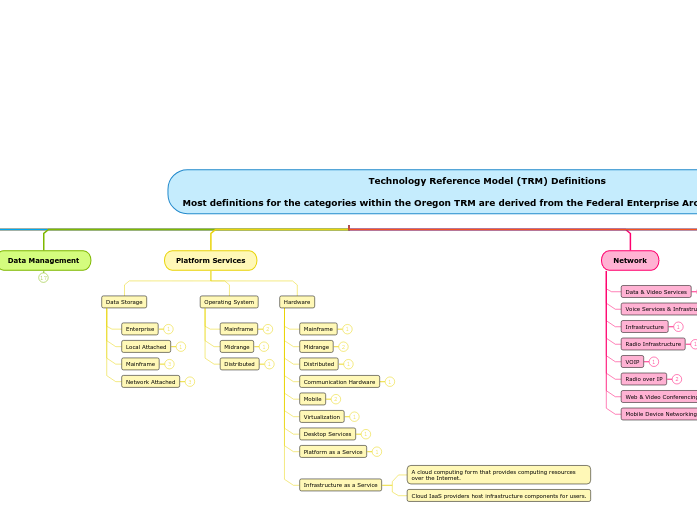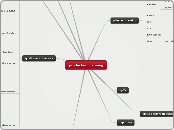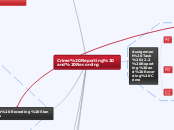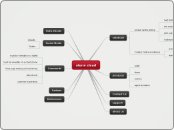CHAPTER 5CONTROLLING
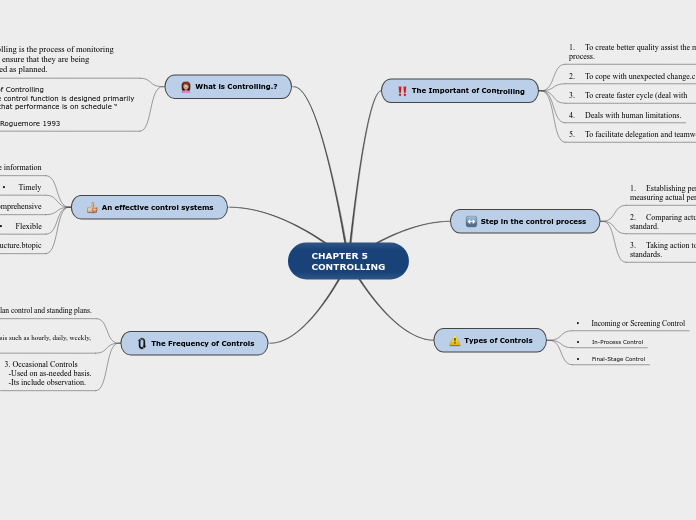
CHAPTER 5
CONTROLLING
The Frequency of Controls
3. Occasional Controls
-Used on as-needed basis.
-Its include observation.
2.Periodic Controls.
-Used on a regular fixed basis such as hourly, daily, weekly, monthly and so on.
1 Constant Controls
-Include self-control, clan control and standing plans.
An effective control systems
• Consistent with the organization structure.btopic
• Flexible
• Objectively and Comprehensive
• Timely
• Accurate information
What is Controlling.?
Definition of Controlling
• “ The control function is designed primarily to insured that performance is on schedule “
-Bridges & Roguemore 1993
• Controlling is the process of monitoring activities to ensure that they are being accomplished as planned.
Types of Controls
• Final-Stage Control
• In-Process Control
• Incoming or Screening Control
Step in the control process
3. Taking action to correct deviations or inadequate standards.
2. Comparing actual performance against a standard.
1. Establishing performance standards and measuring actual performance.
The Important of Controlling
5. To facilitate delegation and teamwork.
4. Deals with human limitations.
3. To create faster cycle (deal with complexity).
2. To cope with unexpected change.c
1. To create better quality assist the management process.


